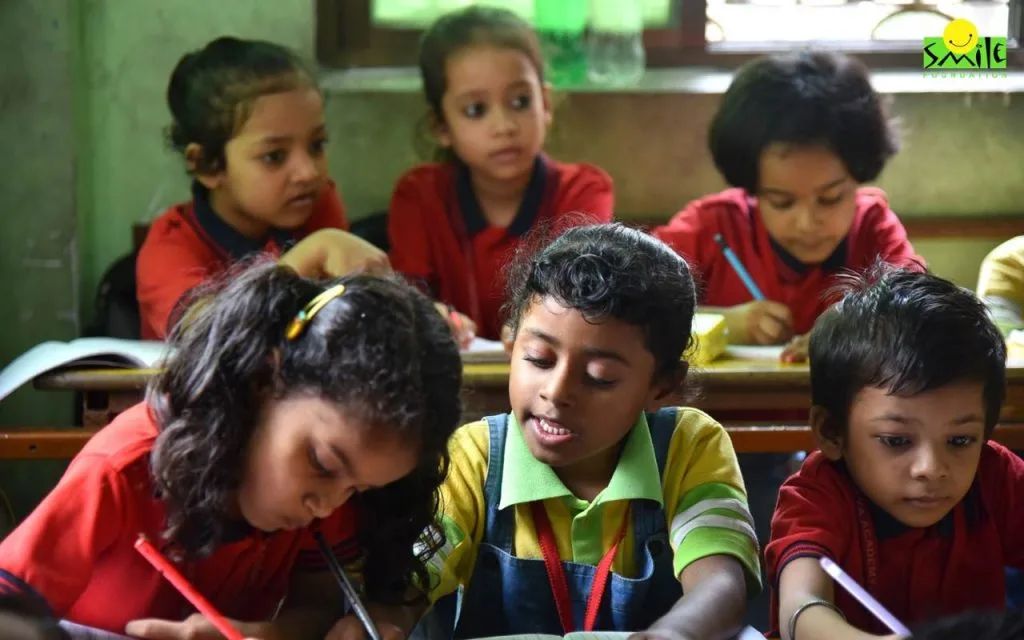In the epic Mahabharata, the young prince Yudhishthira along with his Pandava brothers and their Kaurava cousins studied in a gurukul. Their legendary and illustrious teacher, Dronacharya asked all Pandavs and Kauravs to speak the truth. Then he asked each student to explain what they learned, everybody except Yudhisthir said the same thing “Always speak the truth and never tell a lie”.
Yudhishthira, the eldest among the five Pandava brothers said that he had not yet learned the lesson. Everybody was surprised to hear the statement. Duryodhan and his Kaurava brothers mocked and taunted him for failing to learn such a simple lesson.
After one week Yudhishthira said that now he has fully grasped the lesson of always speaking the truth and never a lie. He explained that he had lied in his thoughts and it gradually took him a complete week to get rid of all the lies in his thoughts. This is an example of young prince Yudhishthira’s reflective learning.
What is Reflective Learning?
Evaluating your learning process and behavior is a key component of reflective learning. It involves determining the steps in your process that works best, then deciding whether to repeat them or change them in some way. And that is what reflective learning stands for, in brief.
Innovation, ingenuity, and lifelong learning are now fundamental components of the academic curriculum due to changes in educational philosophy and curricula over the past few years. We have incorporated new technological tools into education, such as ERP (Enterprise Resource Planning) systems, and Learning Management Systems (LMS).
These tools have made life easier for both teachers and students. In light of the shifting and ever-changing world, students must exercise creativity and actively participate in the learning process. Reflective learning is crucial if students are to analyse what they have learned and how they learned it.
Impact and Importance of Reflective Learning
The development of a person requires reflective learning. It is beneficial for us to learn from our past experiences and errors in order to improve going forward. It is also a useful tool for life analysis and change.
Particularly for young people who are still learning about the world and how it operates, this development is crucial. Reflective learning enables people to make future decisions without being hurried or under pressure from others, which may cause them to take incorrect steps in their lives.
Because they have taken the time to consider what they want out of life and what they need to do to get it, people who consistently practise reflective learning tend to be more successful than those who don’t. Thinking in this way prompts immediate action, which ultimately propels people toward their idea of success.
One-track lectures aren’t looked forward to by both students and teachers. What works best is when students can provide helpful feedback to teachers by expressing their ideas or making suggestions in their reflective learning diaries.
Students are substantially more likely to understand complex subjects if they actively engage in their studies. Because they are contributing, they feel as though they have a say in how they are learning.
The rhythm of the lesson, for instance, needs to shift from week to week. Instead of trying to remember what was accomplished in a previous lesson, why not consider using mind mapping or brainstorming sessions?
While working in small groups, the students are able to employ unique and imaginative presentation strategies. Each student or group is able to provide input, talk about concepts and ask questions.
Engagement
The educational landscape is evolving. In the past, teachers would instruct students to memorise facts and statistics so they could recite them verbatim on a test. Teachers are putting more of an emphasis now on getting students involved in active learning, encouraging them to think critically about their surroundings and connect what they learn in class to their lives outside of school.
Involving students in reflective practice leads to improved learning results compared to conventional teaching techniques. Additionally, it raises student engagement by encouraging active participation in class debates and presentations and increasing their level of commitment to their academic endeavours.
Enhances Memory
One method for enhancing memory retention is reflective learning. The information must be divided into manageable chunks, and each chunk must be practised repeatedly until it is memorised. You need to be aware of what you’re doing and how it feels when you learn anything new.
Repeated practice helps to create neural connections in the brain, making it easier for the brain to recall the information later on when you need to access it. Anyone who wishes to enhance their life or work can employ reflective learning; it is not just for students.
When you employ reflective learning, you can take a critical look at your past actions and use that knowledge to alter how you approach problems in the future. Thinking in this way enables us to develop as humans and fortifies our identities.
Fosters Integration
This approach to education puts an emphasis on reflective problem-solving and critical thinking. Instead of just having students memorise information, the objective is to educate them on how to learn from their mistakes.
The widespread use of the Internet has made it simpler than ever for both teachers and students to go at their own pace. Many teachers have discovered that this unique method of learning boosts self-esteem while simultaneously enhancing retention rates and academic performance.
Creative Thinking
By assisting students in integrating their knowledge and experiences, reflective learning can promote creativity.
Reflective learning is crucial to the development of creative thinking because it enables students to synthesise the data they have gathered and draw connections between various areas of expertise. A learner can organise their ideas into meaningful patterns that change how they view the subject matter when they reflect on what they have learned from a particular experience.
Aid Teachers in Understanding the Needs of Students
Knowing what your students need is the first step in knowing how to assist them.
When it comes to teaching, it’s not enough to simply cover the information. You must understand the different learning styles of your students in order to provide them with the greatest learning support possible.
For educators, reflective teaching is a fantastic technique to learn this information. It aids educators in comprehending both their own and the learning preferences of students. In order to make the necessary corrections, it also enables them to recognise the advantages and disadvantages of their chosen teaching methods or curriculum.
Reflective Teaching to Reflect On Your Capabilities
Reflective learning gives pupils the chance to consider their skills. It enables students to sit back, reflect on what they have learned, and determine how they may develop their talents. As a result of the high level of self-awareness required for this form of learning, the learner may become more motivated and grow.
Facilitating Reflective Learning in Higher Education: An Activity
While journaling offers similar learning opportunities, blogging as a reflective practice encourages the creation of content meant for public consumption. As students must closely examine what they publish, how it is conveyed, and how to title or frame the blog entry, blogging about a particular subject can be a great way to encourage the growth of communication abilities.
Asking students to take charge of a blog, update it frequently, and respond to comments left by their peers fosters self-regulation and promotes self-learning. Consider giving students a topic they learned about in a particular week to further study on their own time before using a blog tool to write a blog article.
Successful blog assignments need students to back up their assertions and arguments with evidence, use concrete examples to clarify concepts, and reflect on the material in order to make their articles more relatable and personable. Ask students to post to their blogs on a regular basis, then utilise the content to spark debates in class and inspire lectures. Asking students to follow well-known bloggers in their profession can also be a really helpful way to help them understand the basics of blogs.
What sticks, just sticks!
Any learning technique that helps knowledge stick in your brain is the finest one. You can identify your educational goals through reflection. You gain a deeper understanding of who you are and how learning fits into your life by doing this.
Additionally, it aids in directing decisions made at each level of the procedure, including selecting courses, deciding on a major, reviewing your progress, and making future plans. That can assist students in staying on course to achieve their academic objectives, regardless of how ‘off the beaten path’ the path may be.
Smile Foundation and New Ways of Learning
Smile Foundation, with the support of responsible individuals and organisations, is doing everything in its power to make India a country of empowered and educated individuals who contribute endlessly to the true purpose of their own adding incredible strength and human power to the position of India in the world. Learn more here!









